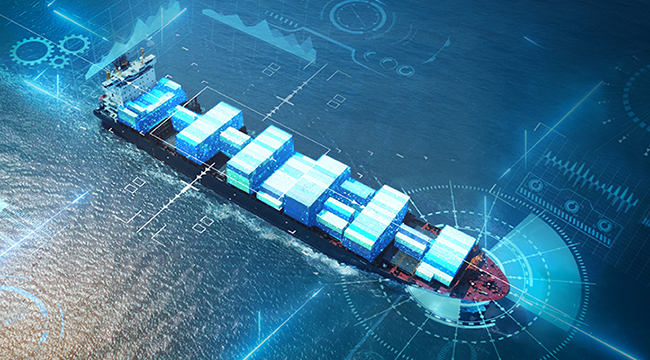Resources / Featured Topics
Navigating the Digital Wave: Embracing Innovation in the Maritime Sector

In an era of rapid technological advancement, digitalization has emerged as a transformative force in the maritime industry. This article explores the driving factors behind digitalization, the challenges faced by stakeholders, and the critical role of data and cybersecurity in shaping the industry's future.
Driving Forces of Digitalization
The driving forces behind ship digitalization mainly stem from the following aspects:
- Increased Operational Efficiency: Digital technologies can optimize the management of ship operations, improving fuel efficiency, reducing operational costs, and decreasing the need for human resources through automation systems and advanced data analytics.
- Enhanced Safety: Real-time monitoring and data analysis provided by digital solutions help to identify and address potential safety risks in advance, thus enhancing the safety of both the vessel and its crew. Moreover, autonomous shipping brings new opportunities, and promises further advancements in efficiency and safety,[1] since eighty percent of maritime accidents are the result of human error.[2]
- Compliance with Environmental Regulations: As global environmental regulations become stricter (e.g., International Maritime Organization (IMO)), digital technologies support ships in complying with these stringent emission standards, promoting more environmentally friendly shipping.
- Addressing Globalization Challenges: With the growth of global trade, ships need to respond more efficiently and flexibly to various logistical demands. Digital technologies provide the necessary tools and platforms for this purpose.
Last but not least, global regulations, such as the IACS’s (International Association of Classification Societies) UR E26 and E27 guidelines, act as catalysts for digitalization by emphasizing electronic information exchange to streamline communication among ships, ports, and authorities securely.[3] By digitizing processes like navigation, documentation, and cargo handling, the industry enhances efficiency, reduces administrative burdens, and improves safety. Real-time data analysis enables proactive decision-making and predictive maintenance by leveraging technologies like IoT and AI to revolutionize traditional workflows.
Challenges to Overcome
Despite its potential benefits, digitalization presents challenges for stakeholders. Ship owners must invest in upgrading onboard systems, while shipbuilders grapple with integrating complex digital infrastructure. System integrators face interoperability and cybersecurity concerns, ensuring seamless connectivity while safeguarding against threats. Crew training and regulatory compliance add further complexity, necessitating meticulous planning and execution to overcome these obstacles.
The Crucial Role of Data and Cybersecurity
Data lies at the heart of digitalization, empowering stakeholders to optimize their operations and anticipate maintenance needs. However, with digital advancements come cybersecurity risks, as vessels become prime targets for cyberattacks. Cyberthreats such as ransomware, phishing attacks, and malware can disrupt operations, compromise sensitive information, and even endanger crew safety. Prioritizing cybersecurity measures—including firewalls, encryption, and intrusion detection—is paramount to safeguarding critical infrastructure and data integrity.
Embracing Digital Solutions
Digitalization transcends being merely a trend; it is a strategic imperative for the maritime sector. Embracing innovation unlocks efficiency, safety, and sustainability. Success in the digital age demands comprehensive solutions that can address technical, operational, and cybersecurity challenges. Through collaboration, innovation, and data-driven decision-making, the maritime industry can navigate towards a smarter, more resilient future.
For more information, visit our Maritime Microsite.
[2] Japanese Consortium Ticks Off Autonomous Shipping Milestone